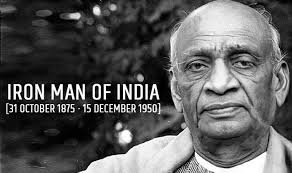RBI Raises Offline Payment Transaction Upper Limit to ₹500 from ₹200
In a significant move aimed at promoting digital transactions and reducing the reliance on cash in India, the Reserve Bank of India (RBI) has recently increased the offline payment transaction upper limit to ₹500 from ₹200. This decision comes as a part of RBI’s continuous efforts to encourage the adoption of digital payment methods and make everyday transactions more convenient for the people of India.

Why this News is Important
The Push Towards a Digital Economy
This decision by the RBI is a crucial step in India’s journey towards becoming a digital-first economy. With the upper limit for offline payments being raised, more individuals will be encouraged to use digital payment methods such as UPI (Unified Payments Interface), digital wallets, and prepaid cards for their daily expenses. This aligns with the government’s vision of a cashless economy and will contribute to reducing the circulation of physical currency.
Convenience and Ease of Transactions
The increase in the offline payment limit is particularly significant for those living in areas with unreliable internet connectivity. It ensures that people can make essential transactions even when they don’t have access to a stable internet connection. This move enhances the ease of conducting transactions, making it more accessible for a wider section of the population.
Historical Context
The concept of digital payments and reducing the dependence on cash is not new in India. The government’s demonetization drive in 2016, which aimed to curb black money and promote digital transactions, was a significant turning point. Since then, various measures have been taken to encourage digital payments, including the introduction of UPI, BHIM (Bharat Interface for Money), and other digital payment platforms.
Key Takeaways from “RBI Raises Offline Payment Transaction Upper Limit to ₹500”
| Serial Number | Key Takeaway |
|---|---|
| 1 | RBI has increased the offline payment limit to ₹500. |
| 2 | This move aims to promote digital transactions. |
| 3 | It enhances convenience for individuals with limited internet access. |
| 4 | The decision aligns with the government’s push for a cashless economy. |
| 5 | Financial inclusion is a significant aspect of this decision. |
Important FAQs for Students from this News
Q1: What is the new offline payment limit set by RBI?
A1: The new offline payment limit set by RBI is ₹500.
Q2: Why did RBI increase the offline payment limit?
A2: RBI increased the offline payment limit to promote digital transactions and reduce the dependence on cash.
Q3: How will this decision benefit people with limited internet access?
A3: People with limited internet access can now make essential transactions offline, enhancing their convenience.
Q4: What are some digital payment methods mentioned in the article?
A4: The article mentions UPI (Unified Payments Interface), digital wallets, and prepaid cards as digital payment methods.
Q5: How does raising the offline payment limit contribute to financial inclusion?
A5: Raising the offline payment limit allows individuals without smartphones or stable internet access to participate in the digital financial ecosystem, promoting financial inclusion.
Some Important Current Affairs Links

















